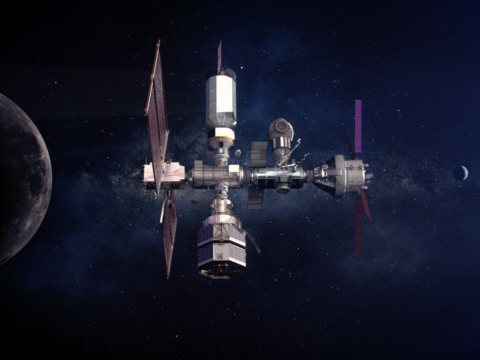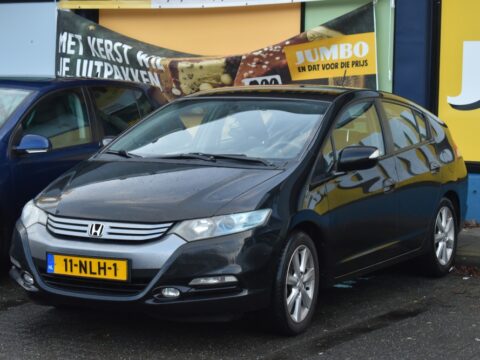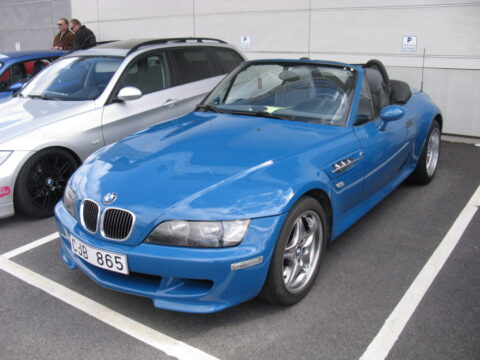Many modern vehicles come packed with safety features designed to keep drivers and passengers safe. However, not all of these features are as essential as they seem. Some can be more of a distraction than a benefit, while others simply duplicate tasks that careful drivers already handle. Here are 18 vehicle safety features that are often unnecessary.
Contents
Lane Departure Warning Systems
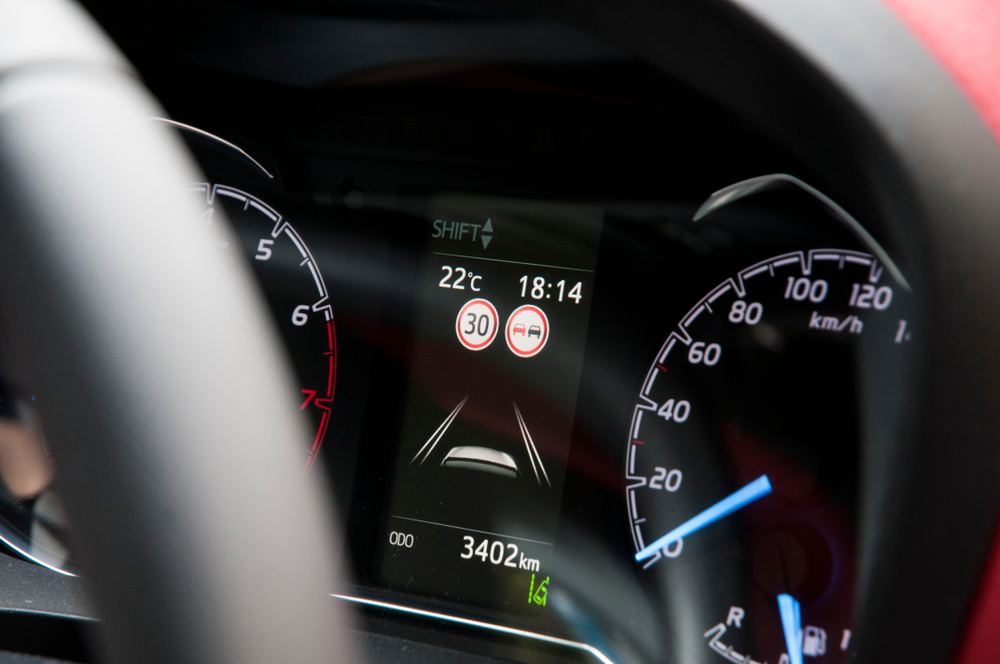
Designed to alert drivers when they drift out of their lane, lane departure warning systems can quickly become a source of frustration. In many cases, they trigger false alarms, particularly in areas with poor or faded road markings. This constant buzzing can distract rather than assist drivers. For those who remain attentive on the road, this feature is often more of a hindrance than a help.
Automatic Emergency Braking (AEB)
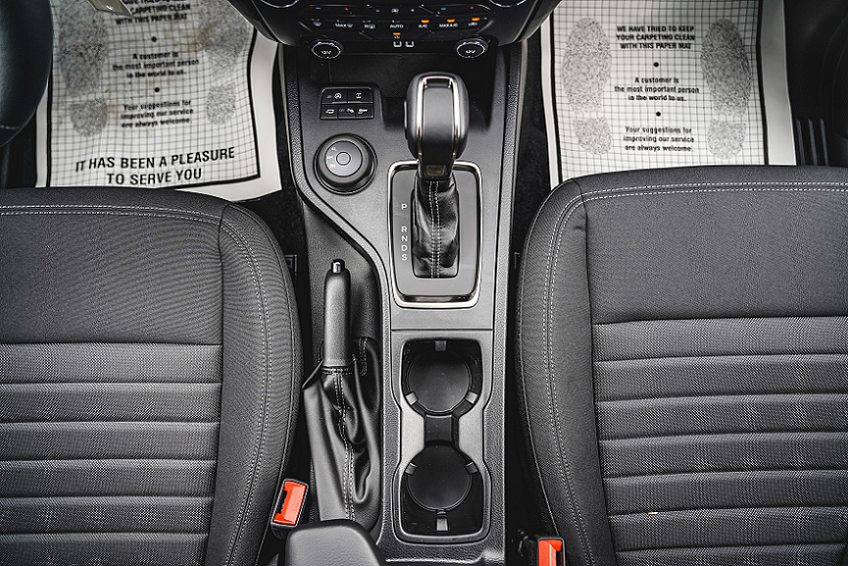
Although AEB systems aim to prevent collisions, they often engage prematurely. In busy traffic or when passing stationary objects like parked vehicles, the brakes may activate unexpectedly. Such sudden stops can confuse surrounding drivers and lead to unsafe conditions. Many argue that careful, defensive driving is a far better way to avoid accidents than relying on an overactive braking system.
Rear Cross Traffic Alert
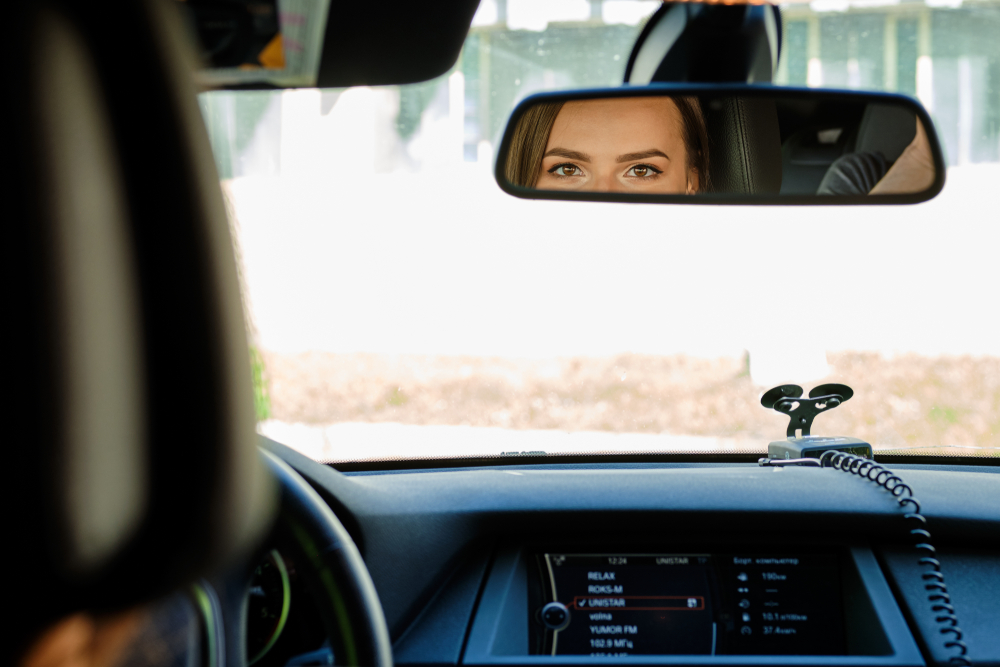
This system is intended to prevent accidents while reversing by alerting drivers to cross-traffic behind the vehicle. However, it frequently goes off for distant or irrelevant objects, creating unnecessary stress. Drivers who regularly check their mirrors and turn their heads will likely find this feature redundant. Rather than adding safety, it often adds frustration to the driving experience.
Blind Spot Detection
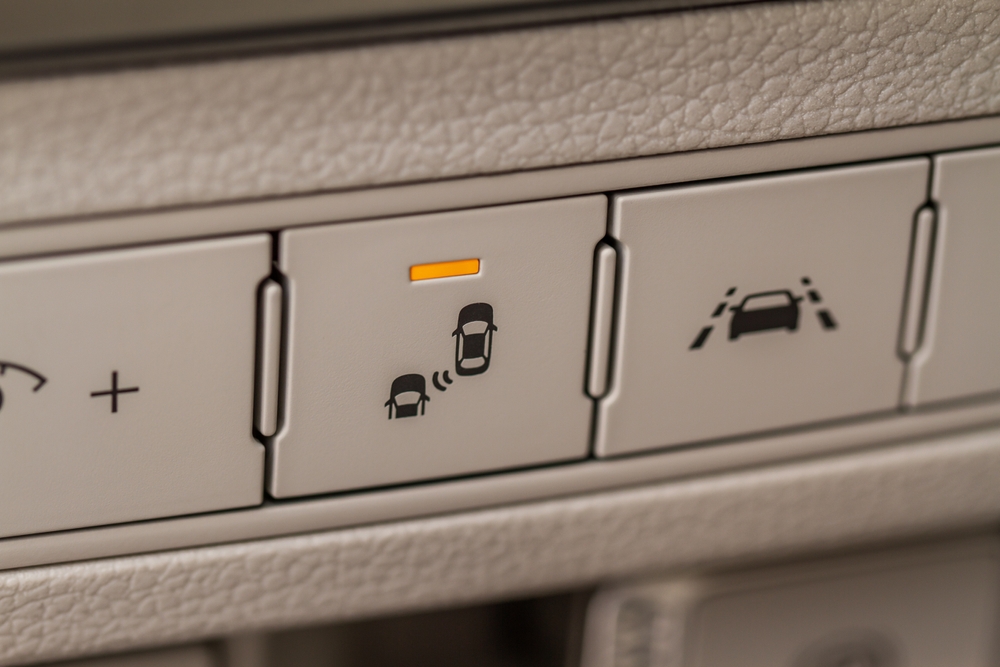
Blind spot detection warns drivers of vehicles in adjacent lanes, but it can create a false sense of security. Drivers may come to overly depend on the system, neglecting the critical habit of checking their mirrors manually. Moreover, the system can be overly sensitive, triggering alarms even for minor obstructions. Proper mirror usage and manual checks often render this technology unnecessary.
Pedestrian Detection
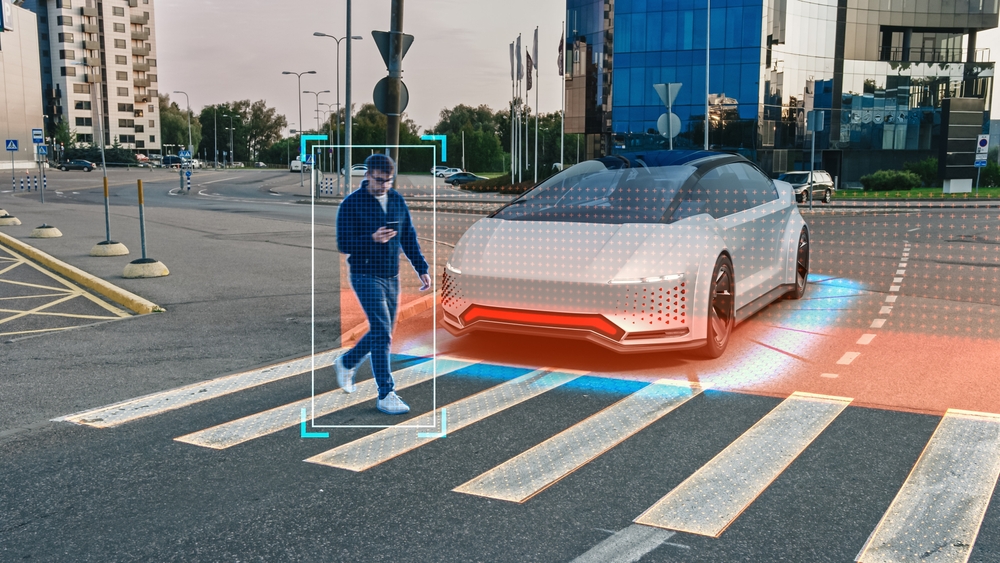
Pedestrian detection systems are intended to enhance safety by alerting drivers to people in their path. Unfortunately, these systems often confuse inanimate objects, such as poles or bushes, for pedestrians. These false alarms become distracting, causing drivers to question their validity. A mindful driver, alert to their surroundings, generally doesn’t need this feature to navigate safely.
Adaptive Cruise Control
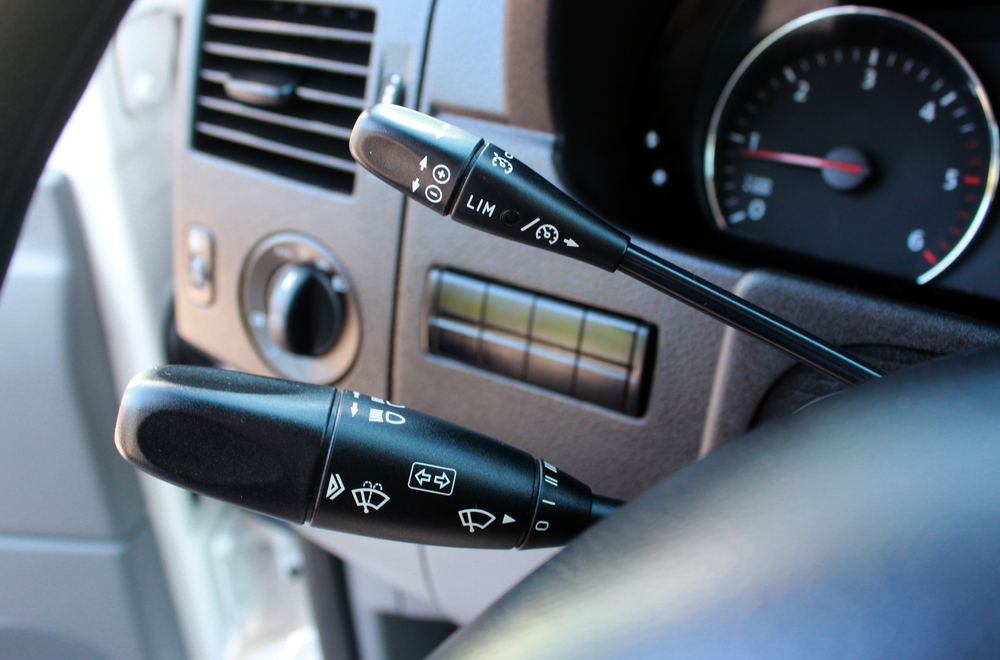
Adaptive cruise control maintains a set distance from the vehicle ahead, but in heavy traffic, it tends to overcompensate. Sudden speed changes, triggered by the system, can irritate other drivers and disrupt the flow of traffic. While useful on long, open highways, it adds little value in congested areas. Many drivers find it easier to control their speed manually in varying traffic conditions.
Drowsiness Detection

Drowsiness detection claims to monitor driver fatigue, but its accuracy is questionable. Simple actions like adjusting the radio or looking at the scenery can trigger false alerts. Most experienced drivers already know when they are too tired to continue driving safely. As a result, this system is often more of an annoyance than a genuinely helpful feature.
Forward Collision Warning
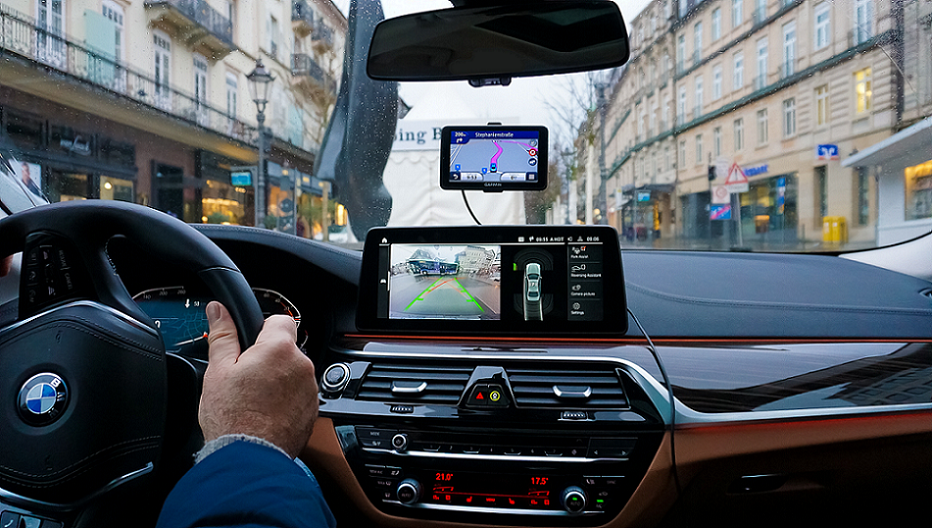
Forward collision warning systems are designed to prevent accidents by alerting drivers of an impending crash. However, these systems frequently sound alarms in non-threatening situations, such as approaching a vehicle in a controlled manner. This constant alerting can lead drivers to ignore the warnings altogether. For those who maintain safe following distances, the feature offers little real value.
Parking Sensors
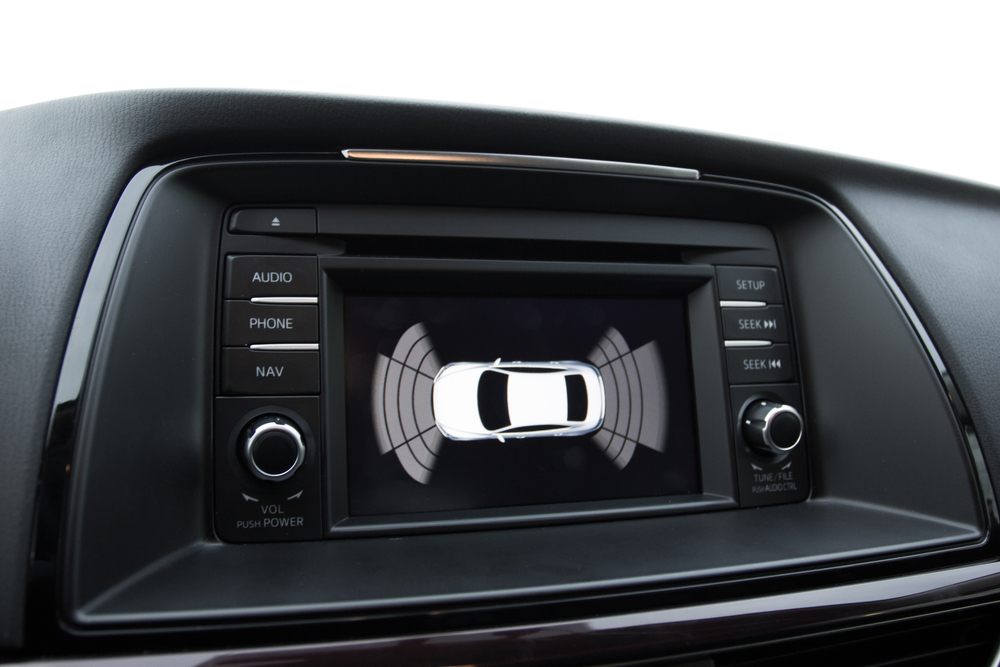
Parking sensors help detect nearby objects when parking, but they often overestimate risks. Even when obstacles are not directly in the vehicle’s path, the sensors may beep incessantly, creating unnecessary panic. Drivers who practice careful parking techniques typically have no need for such systems. In most cases, a little patience and spatial awareness are far more effective.
Automatic High Beams
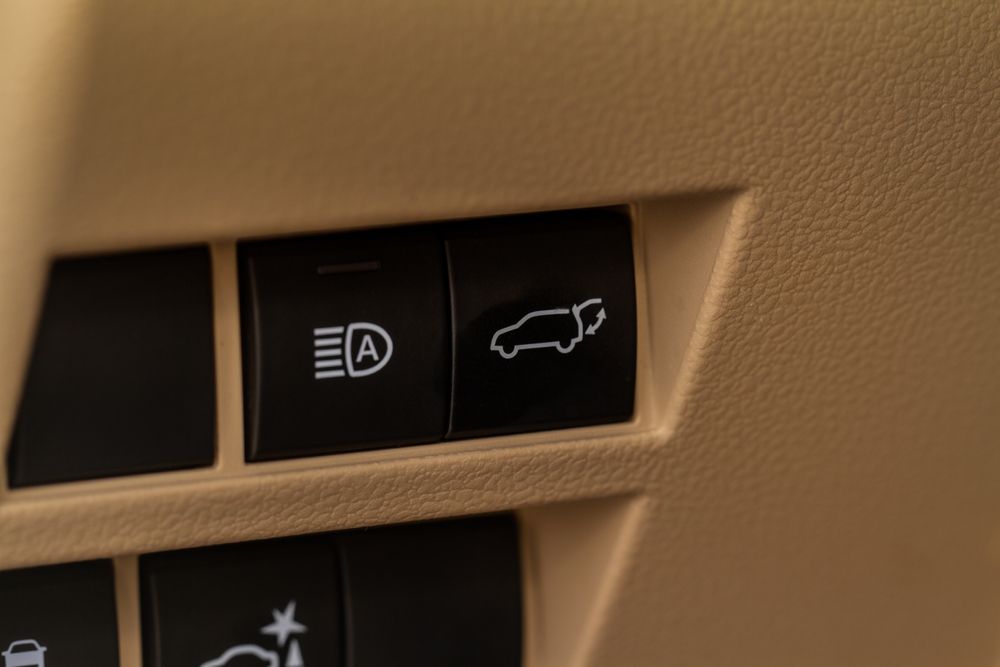
Automatic high beams toggle between high and low beams depending on surrounding traffic, but their response time is often delayed. Oncoming drivers may be blinded before the system dims the lights, leading to dangerous situations. Additionally, drivers in well-lit areas rarely require high beams at all. Most drivers prefer the manual control of their headlights for a smoother driving experience.
Head-Up Display
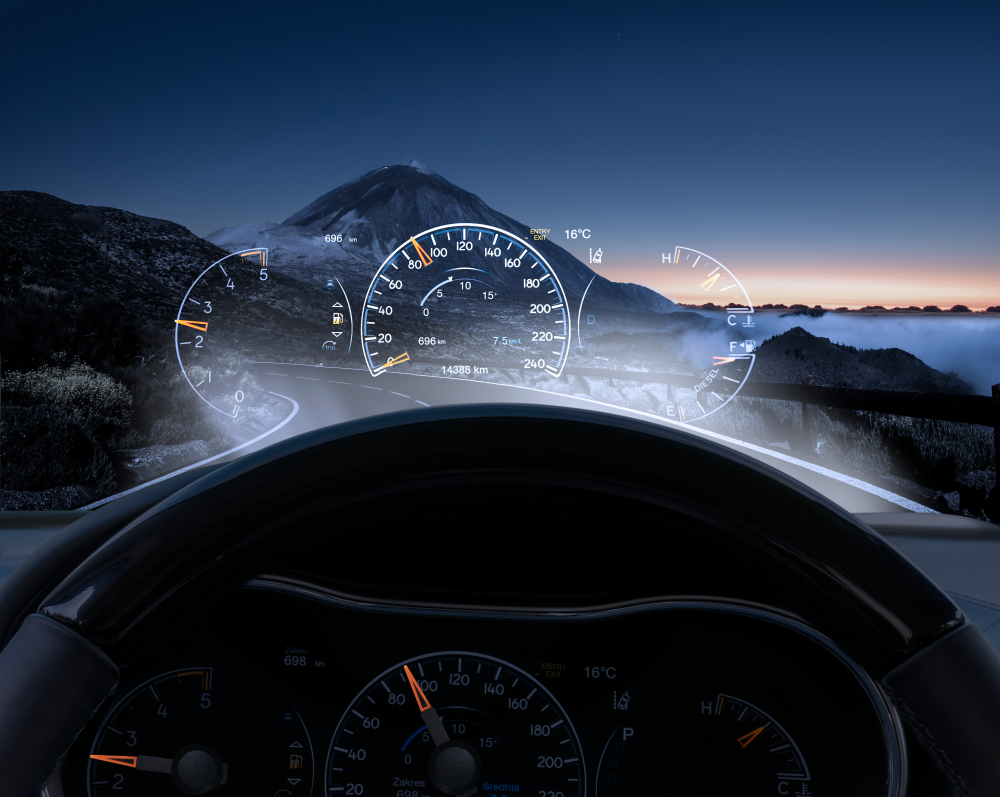
Head-up displays project information onto the windshield, aiming to reduce the time spent glancing at the dashboard. However, the constant stream of information can clutter the driver’s field of view and become a distraction in itself. For many, simply glancing at the dashboard is just as effective and less intrusive. In practice, this feature often complicates rather than enhances the driving experience.
Automatic Wiper Systems

Automatic wipers are supposed to adjust their speed based on the intensity of the rain, but they frequently misjudge the weather conditions. Light mist or road spray can cause them to activate unnecessarily, while heavy rain might not trigger them quickly enough. Many drivers prefer the reliability of manually controlling their wipers. In most situations, this technology is more of a convenience than a necessity.
Driver Attention Monitor
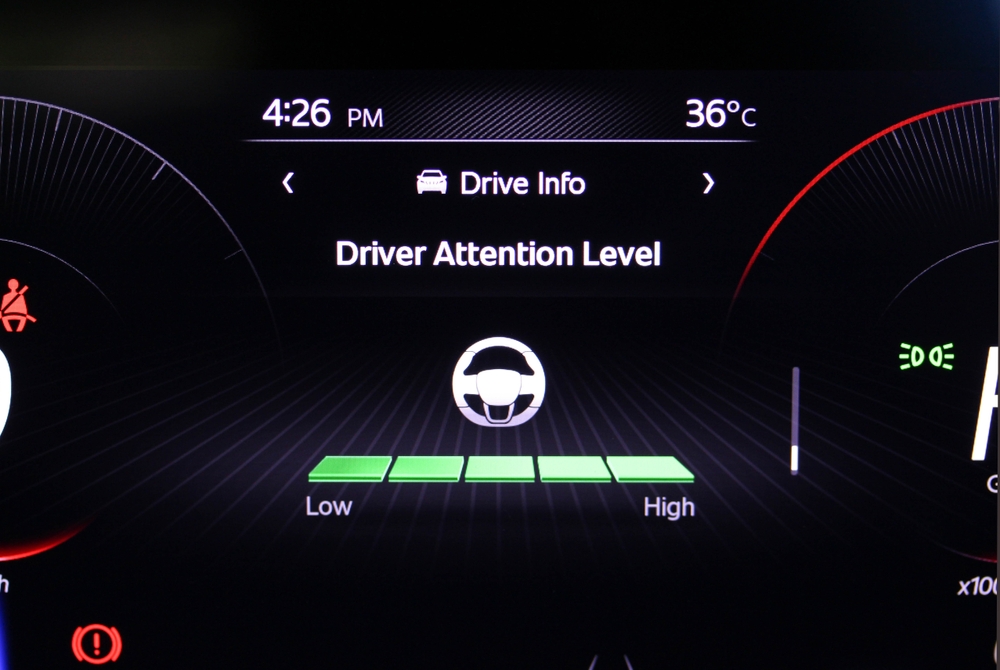
Driver attention monitors claim to detect signs of inattention or distraction behind the wheel. However, everyday activities such as adjusting mirrors or checking side streets can trigger these alerts. Most drivers are capable of maintaining focus without being constantly monitored by technology. For many, this system serves more as a nuisance than a meaningful safety tool.
Surround View Cameras
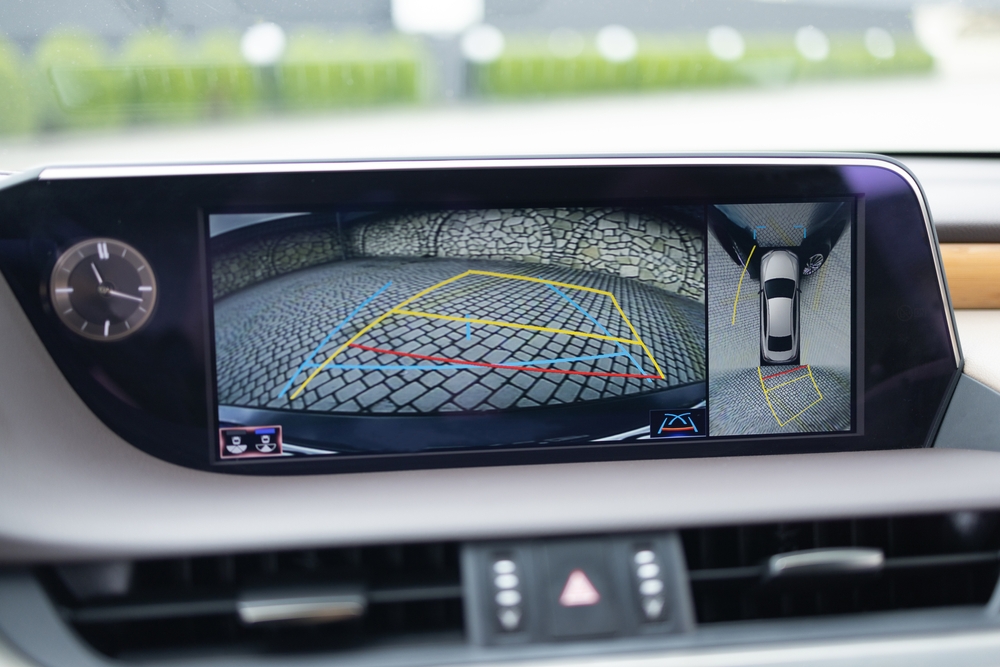
Surround view cameras provide a 360-degree image around the car, which is primarily useful for parking in tight spaces. While helpful in certain situations, experienced drivers often find this feature unnecessary. Proper mirror use and spatial awareness typically suffice when parking, and the camera view can sometimes distort distances. Many drivers prefer relying on their instincts rather than a screen.
Night Vision Assist
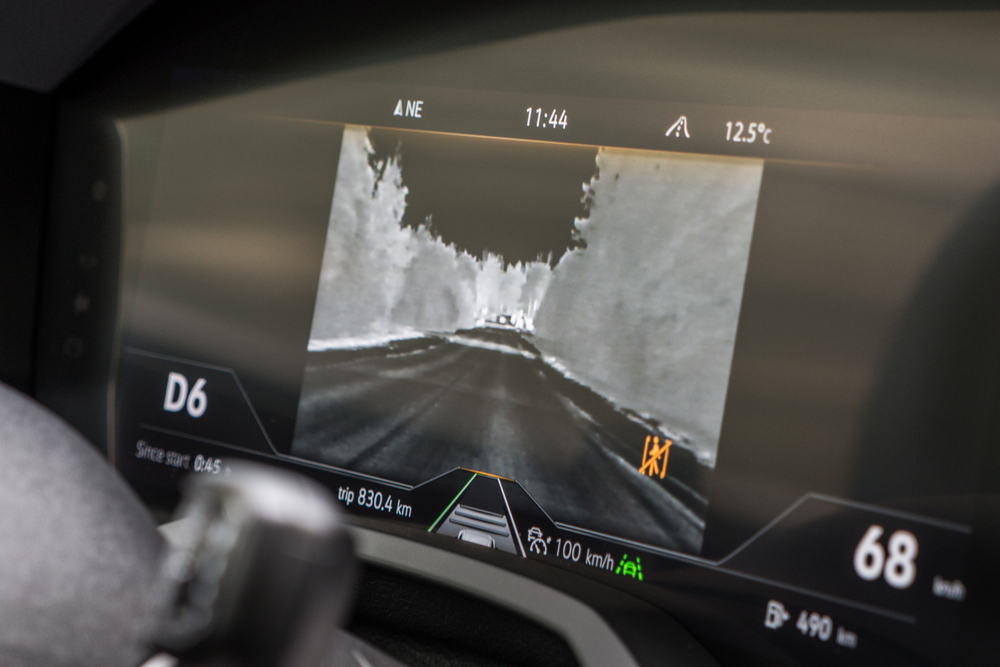
Night vision assist systems aim to improve visibility in low-light conditions, but they are often overhyped. Most modern headlights are already adequate for nighttime driving, making this feature redundant. Additionally, night vision technology can misinterpret objects and cause unnecessary distractions. Drivers accustomed to night driving rarely find this system essential for their safety.
Traffic Jam Assist

Traffic jam assist controls the vehicle’s acceleration and braking in slow-moving traffic, but it often overreacts to minor changes. Sudden stops and starts can confuse other drivers and disrupt traffic flow. For most people, manually navigating through traffic provides a smoother and more controlled experience. The feature is more of a convenience than a necessity, especially for seasoned drivers.
Remote Start
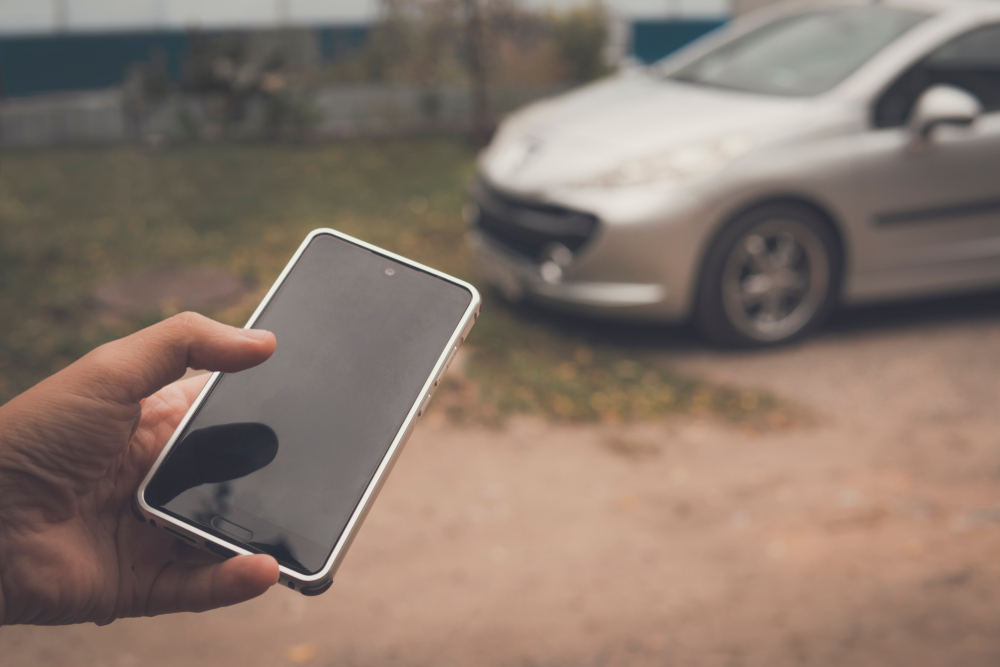
Remote start allows drivers to start their vehicle from a distance, but its practicality is limited. While helpful in extreme weather to warm or cool the car, it doesn’t enhance driving safety. In fact, leaving a car idling can waste fuel and deplete the battery unnecessarily. Most drivers prefer the simplicity and control of starting their vehicle manually.
Tire Pressure Monitoring System (TPMS)
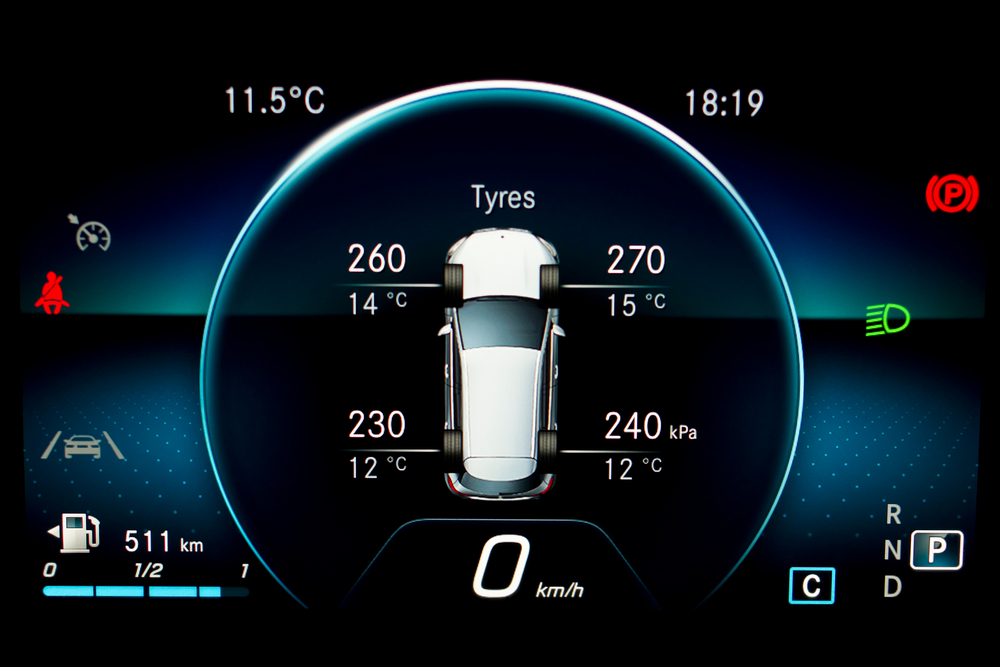
The tire pressure monitoring system alerts drivers when their tires are under or over-inflated, but it often triggers false alarms. Temperature changes can cause minor fluctuations in tire pressure, leading to unnecessary alerts. Many drivers prefer manually checking their tire pressure using a gauge for more accurate results. While useful in rare cases, TPMS is not essential for those who regularly maintain their vehicle.
This article originally appeared in MyCarMakesNoise.
More from MyCarMakesNoise
Top 21 Cars Ever Equipped with Iconic V12 Power

V12 engines are renowned for their power, smoothness, and performance. Some of the best cars in automotive history have been fitted with these impressive engines. Read More.
The 21 Most Unforgettable Mopars Ever to Hit the Streets

Mopar has produced some of the most iconic and powerful cars in automotive history. Known for their performance, design, and innovation, these vehicles have left a lasting legacy. Read More.
Ducati’s 22 Legendary Superbikes and Their Championship Triumphs

Ducati has long been a name synonymous with speed, power, and racing excellence. Over the years, their superbikes have not only pushed the boundaries of performance but have also claimed numerous championship titles. Read More.

